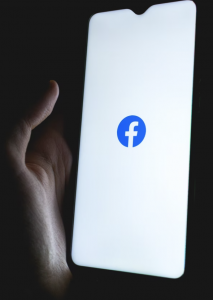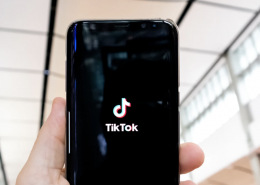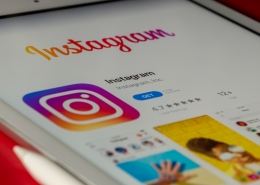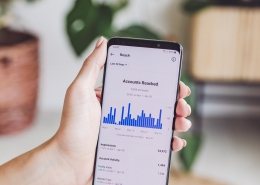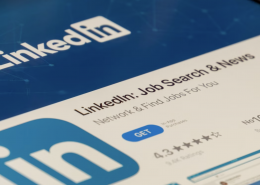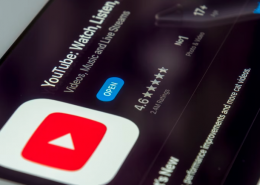Why Website Speed Optimization is Important
October 6, 2021
We always associate speed in terms of physical movement like running, driving, or flying, but seldom do we talk much about it in terms of load times for our websites, especially on mobile devices.
As technology continues to develop and most of us walk around with a supercomputer that we refer to as a phone in our pockets, the association with speed moves from physical to digital.
This fast-paced digital world has set a standard with consumers that our websites must provide a seamless experience. Load times are one of the critical components that impact a user experience and, most commonly, that impact occurs on a mobile device.
What Is Website Load Time?
Load time is defined as the amount of time it takes for a web page to load its content, from start to completion in a user’s browser. Each page on your website has different load times, and, typically, we look at averages. Although load times depend on multiple factors like a hosting server, webpage design, page elements, browser, age of the device and the power of the network (Wi-Fi or cellular), the ideal website load time should be under 3 seconds. An abandonment rate of 53% occurs from users who must wait longer than 3 seconds for the page to load.
Now that we’ve established what load times are and benchmark speeds to aim for, let’s look at what else these load times impact.
The SEO Factor
Google always attempts to deliver the optimal user experience and site speed is one of the signals used by its algorithm to organically rank pages. Their Core Web Vitals initiative rolled out in 2021 uses real-world data to this effect. If it your site is loading slow, it will hurt your website’s rankings no matter how good your content is or how many credible backlinks your site possesses. Slow site speed can also mean that Google bots can crawl fewer site pages using their allocated crawl time, and this could also negatively affect your indexing and ranking.
The Ad Factor
Multiple ad networks, including Facebook, which is the one most popular with small to medium sized businesses, rely on consistent website data to improve campaign performance. Each ad campaign includes objective choices and the best return for general website traffic – which most DMOs prefer – falls into the category of “landing page views” rather than “clicks” or “impressions”. When a user clicks an ad, a landing page view signal will only take place when the script loads on the page. This ensures the user lets the page load, which is more valuable than just a link click.
Yet, the repercussions are actually more far-reaching than a less valuable action. A landing page view objective will assist the machine learning with future optimization. When a consumer clicks the ad link and scrolls through the landing page, the Facebook pixel works on collecting persona signals based on the actions taken on the site. If the user spends limited time on the page or quickly abandons the page due to long waits based on load time, the machine learning cannot pick up enough signals to improve the audience the ad is served to in the future. It also tells Facebook this is a low-quality experience. This will result in much higher cost per clicks (CPC), lower click through rates (CTR), and even higher costs per impression (CPM), which diminish the value of your campaign spend.
Your Plan of Action
Before you launch your next campaign or publish your next blog post, be sure to run the page through the Google Page Speed Insights tool. Then be sure to immediately share the report results with your internal website maintenance personell and external site development team. There is also a link to a Stack Overflow forum where you can ask questions based on your results or search the knowledge base for more info on your needed fixes. Most of the items that result in slow load times include easy fixes like unoptimized media files such as logos, images, and videos. Others are associated with script errors or the use of specific third-party application integrations.
Whatever the case, most of the items causing your slowdown can usually be quickly corrected which will increase performance and provide users with an optimal experience. Of course, it’s not just users which will benefit. Your pages will rank higher on Google and you’ll get more bang for your buck on most ad platforms.
Facts
- More than 95% of the client ad campaign clicks generated by TwoSix Digital come from a mobile device.
- 1 out of 2 users expect a page to load in less than 2 seconds.
- While slow load times can cause users to abandon your site, fast load times can bring in more and keep them.



